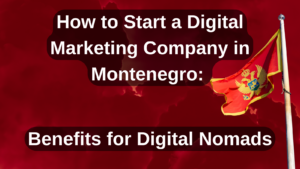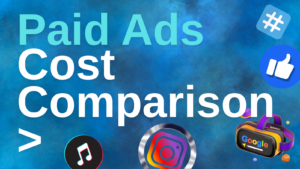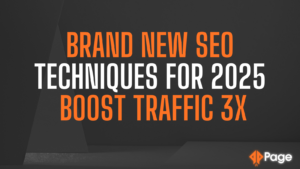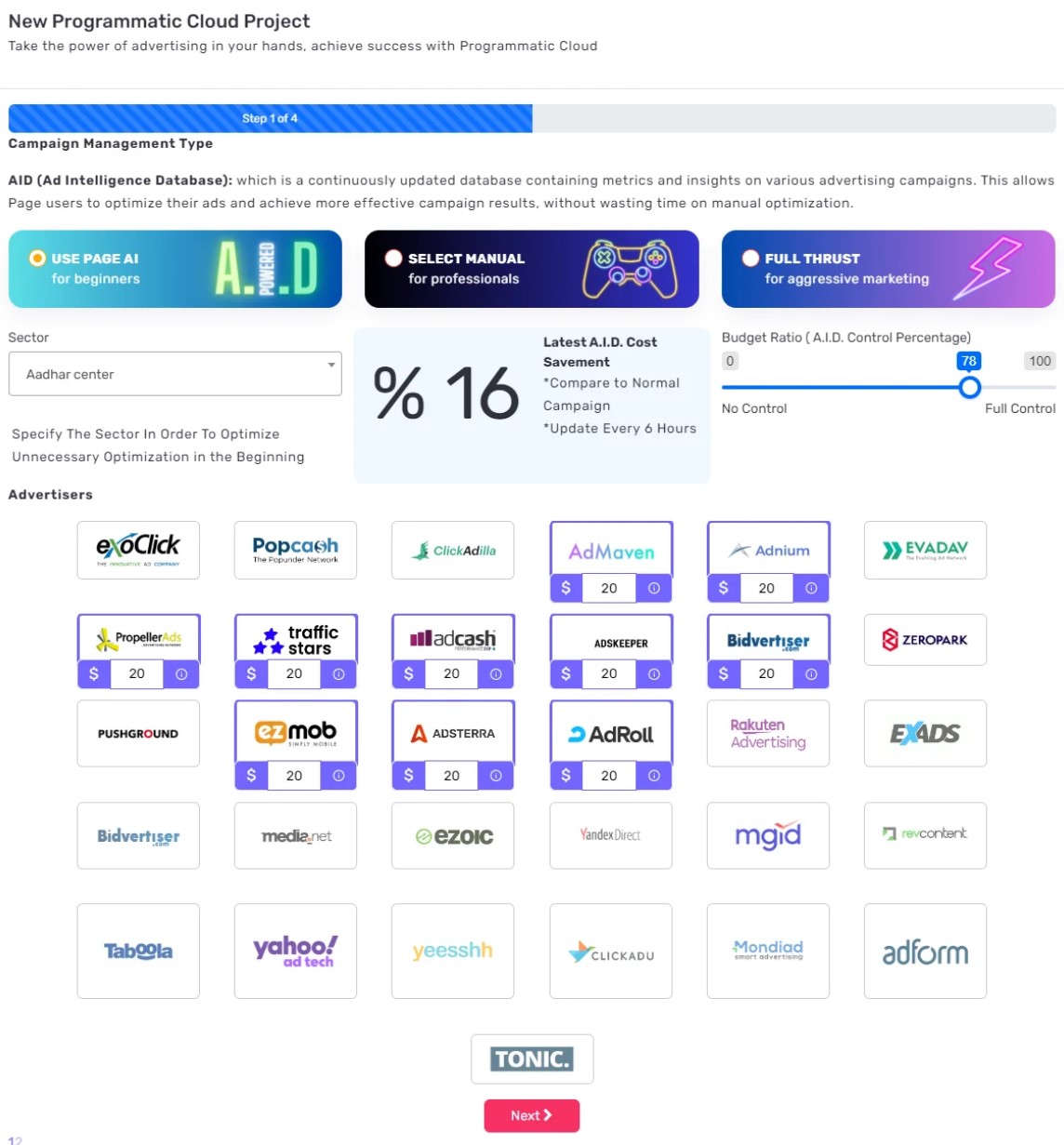The shift in advertising is not merely a change but a revolutionary transformation, marking a departure as significant as the advent of digital from traditional media. Programmatic advertising stands at the vanguard of this evolution, redefining the essence of how ads are targeted, placed, and optimized. This powerful approach harnesses the full potential of data, technology, and algorithms, automating the ad buying process in real-time. The result is a paradigm shift in advertising, where strategy and technology are not just aligned but are fundamentally integrated, crafting advertising experiences that are significantly more impactful and resonant with the target audience.
Programmatic advertising heralds a new era, one where the scattergun approach of yesteryears is replaced by precision targeting. Advertisers can now deliver content that is not only relevant but also timely and contextually appropriate, enhancing the user experience and increasing engagement rates. This shift is not just about efficiency; it’s about elevating the quality and relevance of advertising, making it a more integral and less intrusive part of the consumer experience.
Decoding Programmatic Advertising
Delving deeper into the realm of programmatic advertising reveals its core as a sophisticated, data-driven strategy that is reshaping the very foundations of how advertising space is bought and sold. Unlike the traditional methods that rely heavily on human negotiation and fixed pricing, programmatic advertising uses advanced algorithms to automate the buying process, targeting specific audiences at the most opportune moments and locations. This approach is a stark contrast to the past, offering a dynamic, agile method that adapts in real-time to the changing landscape of consumer behavior and digital interaction.
The heart of programmatic advertising lies in its ability to analyze and leverage vast amounts of data. These platforms digest and interpret this data, making informed decisions in milliseconds to pinpoint the optimal ad space, timing, and pricing for each impression. This level of detail and speed is unprecedented in the advertising world, allowing for a more nuanced and effective strategy. Advertisers can now ensure that their messages are not just seen but are seen by the right people at the right time, dramatically increasing the chances of engagement and conversion.
The sophistication of programmatic advertising extends beyond mere placement and timing. It encompasses a comprehensive understanding of the audience, drawing from a myriad of data points to create a detailed picture of consumer preferences, behaviors, and tendencies. This deep dive into audience analytics allows for a level of personalization and relevance previously unattainable, making advertisements more than just a pitch – they become valuable, timely content for the consumer.
Programmatic advertising is not just a technological advancement; it’s a strategic revolution. It represents a shift from the broad, demographic-based targeting of old to a new age of precision and personalization. As this technology continues to evolve and integrate with emerging digital trends, its impact on the advertising world will only deepen, setting new standards for efficiency, relevance, and engagement.
The Role of Data and Machine Learning in Programmatic Advertising
In the intricate world of programmatic advertising, data is the lifeblood that fuels every decision and strategy. This isn’t just any data; we’re talking about vast, complex datasets derived from myriad digital interactions. Each click, view, like, or share creates a data point, contributing to an ever-growing pool of information. These data points are more than numbers; they are insights into consumer behavior, preferences, and habits. Programmatic algorithms, powered by advanced machine learning technologies, delve into this data to discern patterns and predict outcomes. They are not just algorithms; they are the digital equivalent of market strategists, analyzing past campaigns, consumer interactions, and a multitude of other variables to forecast which ads will resonate best with which segments of the audience.
Machine learning’s role in this is pivotal. It’s not static; it’s a dynamic, continually evolving process. As more data becomes available, these algorithms learn, adapt, and become more sophisticated. They are constantly refining their predictions and strategies, ensuring that each ad placement is more precise than the last. This isn’t just about targeting; it’s about understanding. Understanding what content will engage a user, what format will catch their eye, and what message will prompt them to take action. This deep, data-driven understanding ensures that marketing efforts are not just seen but are impactful, driving engagement, and conversion.
Enhancing Efficiency and Effectiveness in Advertising
Efficiency and effectiveness are the twin pillars of programmatic advertising, fundamentally changing how ad campaigns are run. Traditional advertising methods, often cumbersome and imprecise, are giving way to the streamlined precision of real-time ad buying. In the programmatic realm, ads are not just placed; they are strategically inserted into the user’s journey at the most opportune moments. This isn’t about blanket coverage; it’s about strategic placement, ensuring that ads are seen by the right people at the right time and in the right context.
The real-time nature of programmatic buying means that campaigns are not set in stone. They are fluid, dynamic entities, adjusting and adapting in response to real-time data. If a particular ad isn’t performing as expected, adjustments can be made on the fly, shifting strategies, creative elements, or target segments as needed. This agility is a game-changer, allowing for a level of responsiveness previously unimaginable. Campaigns can evolve in response to market trends, news events, or performance metrics, ensuring that they remain relevant and effective.
But it’s not just about agility; it’s about precision. The sophisticated targeting capabilities of programmatic advertising mean that ad spend is not just spent; it’s invested. Each dollar is used more effectively, reaching individuals most likely to be interested in the product or service. This precision reduces waste, ensuring that marketing budgets are not just expended but are utilized in the most effective manner possible. The result is a more efficient, effective marketing strategy, one that delivers better results with less waste. This is the promise of programmatic advertising: not just to reach audiences but to resonate with them, driving engagement, and delivering results.
Prog Cloud – A Pioneering Platform in Programmatic Advertising
In the realm of programmatic advertising, Prog Cloud stands out as a pioneering platform, embodying the future of automated ad strategies. Prog Cloud is not just a tool; it’s a comprehensive ecosystem that connects programmatic companies and facilitates the creation, management, and optimization of ad campaigns. It offers access to over 30 platforms from a single dashboard, streamlining the complex landscape of digital advertising into a manageable, efficient process.
With Prog Cloud, users can harness the power of programmatic advertising without needing to become experts in the field. The platform’s cutting-edge technology maximizes efficiency and ensures campaigns are on target and within budget. It supports a wide range of ad formats, from traditional banners to innovative multimedia ads, and its integration with major ad networks like Facebook, Instagram, and LinkedIn means that campaigns have extensive reach.
The Impact on Industries and Consumers
Programmatic advertising is not just changing the game for marketers; it’s altering the entire advertising ecosystem. Industries that once relied on broad, demographic-based strategies are now embracing the precision of programmatic. Retailers, automotive companies, and entertainment giants are using real-time data to understand and engage their audiences like never before.
For consumers, this means advertisements are becoming more relevant and less intrusive. The days of seeing the same irrelevant ad repeatedly are fading, replaced by tailored messages that align with individual interests and needs. This not only improves the consumer experience but also enhances the perception of brands that use programmatic advertising effectively.
Navigating Challenges and Embracing Opportunities
Despite its advantages, programmatic advertising is not without challenges. Privacy concerns, data security, and the need for transparency are at the forefront of discussions about the future of digital advertising. Advertisers and platforms must navigate these issues carefully, ensuring that they respect consumer rights while still leveraging the power of data.
However, the opportunities far outweigh the challenges. As technology continues to advance, programmatic advertising will become even more sophisticated. We can expect to see deeper integration with emerging technologies like augmented reality and the Internet of Things, opening new avenues for creative, effective advertising.
The Transformative Power of Programmatic Advertising
Programmatic advertising represents a significant shift in the advertising world, one that prioritizes data, efficiency, and relevance. As we look to the future, it’s clear that this approach will continue to dominate, driven by platforms like Prog Cloud that make sophisticated advertising accessible to more businesses. By embracing programmatic advertising, companies can not only anticipate the future; they can actively shape it, creating more engaging, effective campaigns that drive success in the digital age.






